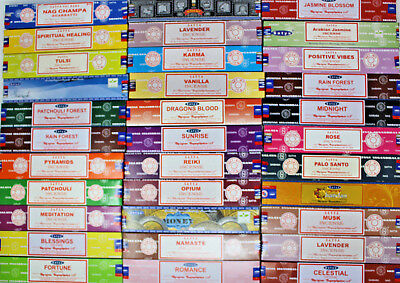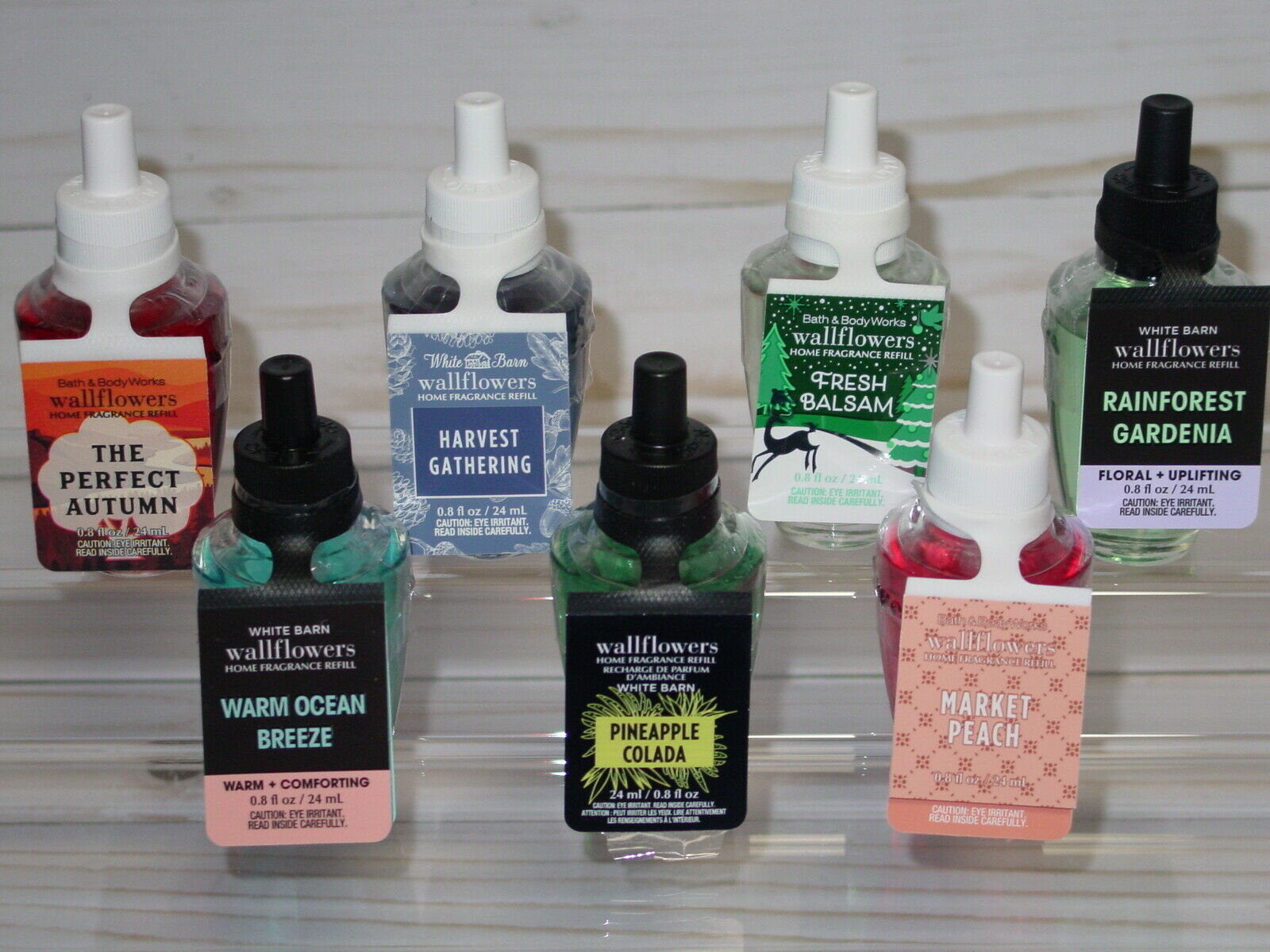-40%
High Quality Frankincense and Myrrh Granular Resin Incense Rock .
$ 3.14
- Description
- Size Guide
Description
Ship out in a zip-lock bag or plastic bag. With out label.WHAT IS FRANKINCENSE (SOURCE WIKIPEDIA)
Frankincense and myrrh are both resins -- dried tree sap -- that come from trees of the genus Boswellia (frankincense) and Commiphora (myrhh), which are common to Somalia.
The way that people collect the sap is similar to the way people collect rubber-tree sap or pine-tree sap. Cutting the tree's bark causes the sap to ooze out of the cut. The sap used to create both frankincense and myrrh comes slowly and is allowed to dry on the tree. The hardened sap is collected and used as frankincense and myrrh.
Both in the time of the three wise men and today, frankincense and myrrh are commonly used to create incense. You mix frankincense with things like spices, seeds and roots to create different aromas. Traditionally, you burn the powdered incense with charcoal in a small stand.
WHAT IS MYRRH (SOURCE WIKIPEDIA)
Myrrh is a reddish-brown resinousmaterial, the dried sap of a number of trees, but primarily from Commiphora myrrha, which is native to Yemen, Somalia, the eastern parts of Ethiopia, and Commiphora gileadensis, which is native to Jordan. The sap of a number of other Commiphora and Balsamodendron species is also known as myrrh, including that from Commiphora erythraea(sometimes called East Indian myrrh), Commiphora opobalsamum and Balsamodendron kua. Its name entered English from the ancient Greek name for the daughter of Kinyras, ruler of Cyprus, μύρρα, which is probably of Somali or Arabic origin, where it is known as (مر: Murr).
The name "myrrh" is also applied to the potherb Myrrhis odorataotherwise known as "Cicely" or "Sweet Cicely".
High quality myrrh can be identified through the darkness and clarity of the resin. However, the best method of judging the resin's quality is by feeling the stickiness of freshly broken fragments directly to determine the fragrant-oil content of the myrrh resin. The scent of raw myrrh resin and its essential oil is sharp, pleasant, somewhat bitter and can be roughly described as being "stereotypically resinous". When burned, it produces a smoke that is heavy, bitter and somewhat phenolic in scent, which may be tinged with a slight vanillic sweetness. Unlike most other resins, myrrh expands and "blooms" when burned instead of melting or liquefying.
Commiphora myrrha tree, one of the primary trees from which myrrh is harvested.
The scent can also be used in mixtures of incense, to provide an earthy element to the overall smell, and as an additive to wine, a practice alluded to by ancient authorities such as Fabius Dorsennus. It is also used in various perfumes, toothpastes, lotions, and other modern toiletries.











